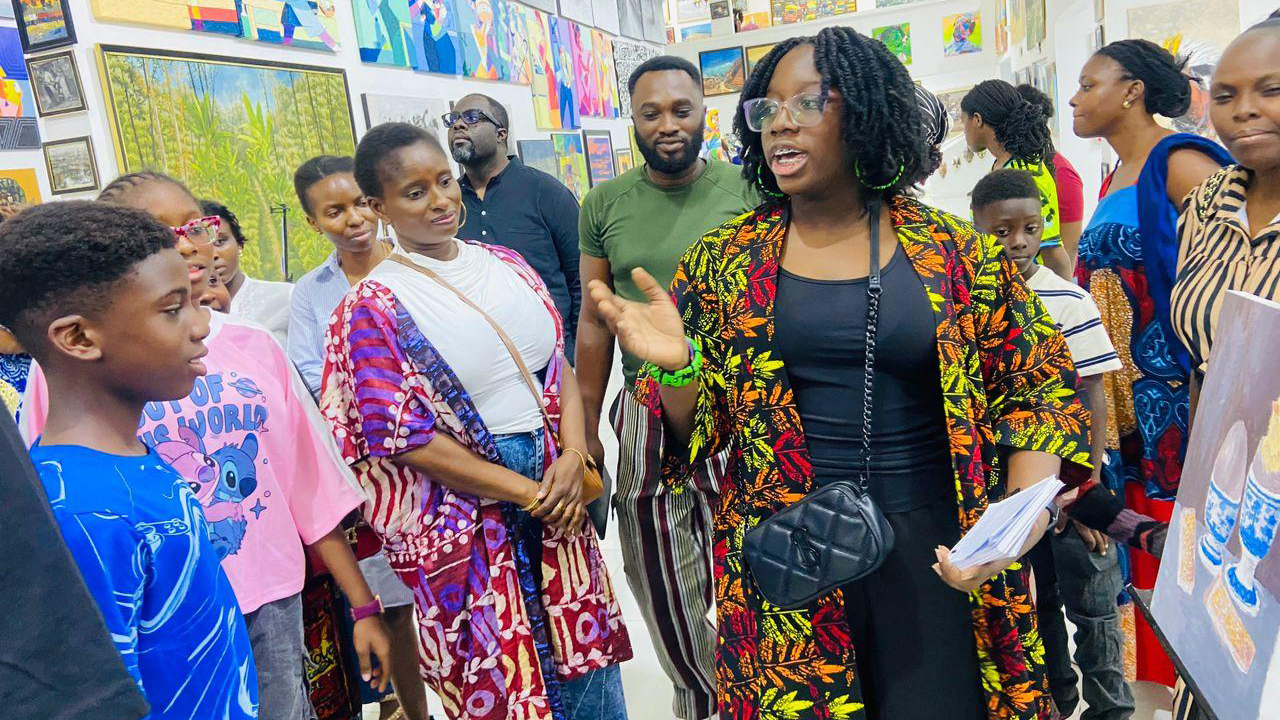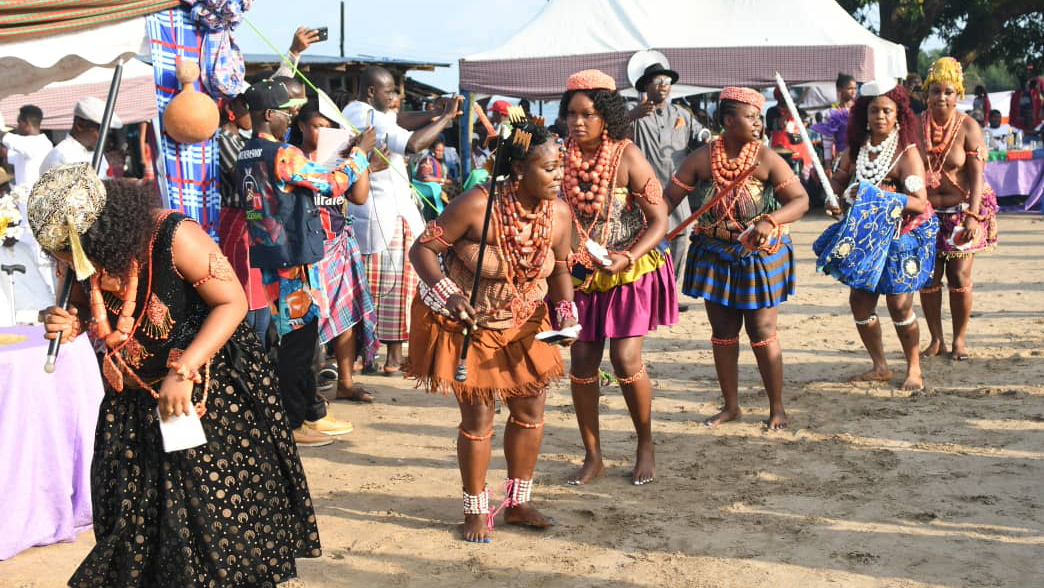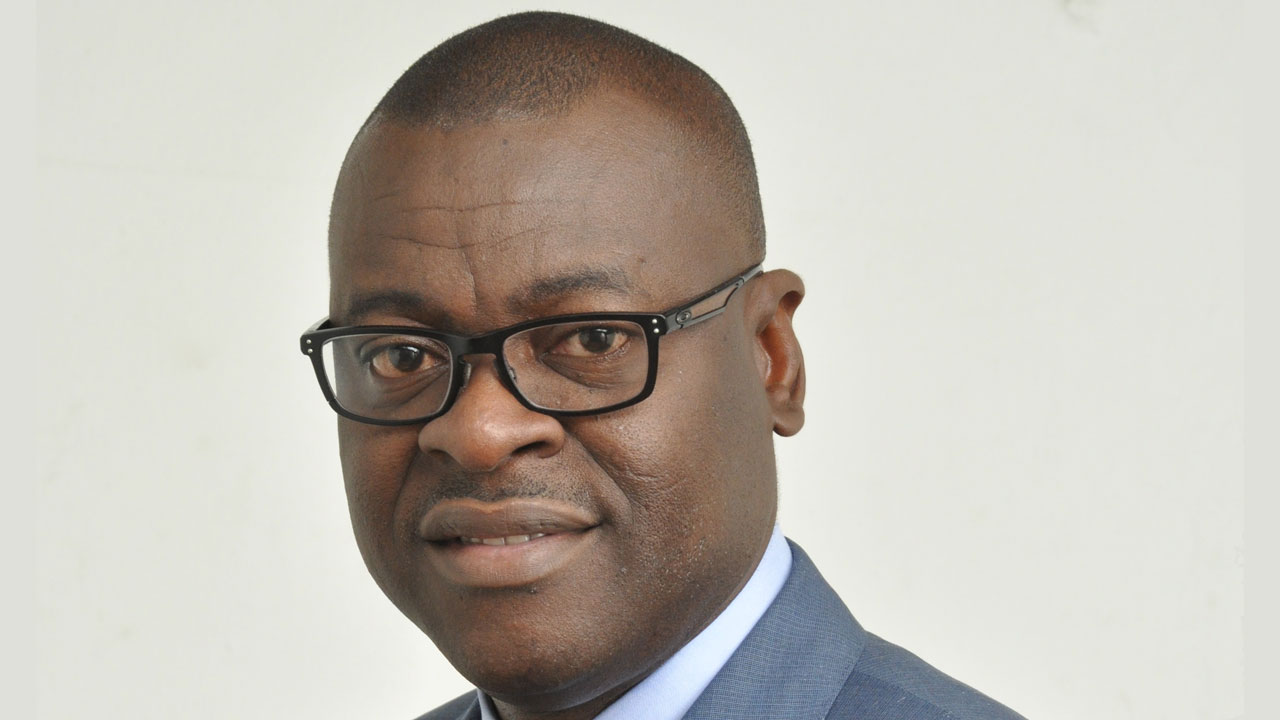
In its third edition, Artmiabo International Art Festival (AMIAF) 2024 is showcasing specific sculpture mediums as well as celebrating select artists with awards.
One of the awardees, Pius Waritimi, a wood sculptor and academic, who is also showing at AMIAF 2004, spoke about the event, challenges of sculptors, and future of the medium.
Organised by Miabo Enyadike-led ArtMiabo, the yearly event, which has the 2024 edition themed, Sculptor’s Odyssey, holds from April 29 to May 1, 2024, at EbonyLife Centre, Victoria Island Lagos.
Apart from Waritimi, other awardees include, Adeola Balogun, Dotun Popoola and Adebisi Adebayo. Also is Prof. Ben Enwonwu, for Posthumous Award. Of the four awardees, Enwonwu is the only one not showing at the event.
Enyadike described Waritimi as an art purist and artpreneur, who inspired many established artists such as, Timi Willis-Amah, Diseye Tantua, Nkem Alikor and others. And in his post-academic career, Waritimi remains an active contributor to the art community in Rivers and Bayelsa states.
During an interview with Waritimi, he said: “I find it innovative and will sure arouse profound interest as a way for sculptors express themselves.”
Waritimi’s focus on art creation, while paying little attention to solo art exhibition in a long while, has perhaps, denied him the opportunity to be captured by mainstream media.
From media perspective, it appeared that the name Pius Waritimi, has been underreported despite his immense contributions to Sculpture practice in Nigeria.
Outside the academic space, Waritimi’s list of public space art is quite impressive. Such commissioned works include,The Lady Justice in Bayelsa State capital, Yenagoa, with one at the Apex roof of the Judiciary HQ and three others at different premises of the court.
He explained that The Lady Justice, sculpted all in Fibre glass were conceptualised to represent “our traditional attire, and not the imported idea of a Lady Justice wearing gown.”
In education and studio practice, Waritimi has so much experience, spanning decades of practice. It will be of interest to know his view on why the academia produces more artists who lean towards painting than sculpture in post-training practice. Waritimi though argued that “painting does not require so much physical exaction.”
He cited his career as an example of someone who has experience of both painting and sculpting: “I graduated as a graphic art major, but my passion for sculpture, particularly, carving became overwhelming.”
Some sculptors in Nigeria who prefer the choice of metal medium always argue that availability of wood materials for art are becoming scarce and more expensive as a result of deforestation. Based on that perspective, how does Waritimi cope, still relying much on wood as a sculptor?
Waritimi on the contrary said: “Wood is always available if you know how and where to source it. For me no wood is wasted except you don’t know the material before and what to create out of it.”
In the unfolding new age of AI, which is creeping into different areas of creativity, and most vulnerable is perhaps, painting. The insulation of Sculpture from the fear of AI would be quite curious. Waritimi agreed that AI has come to stay as part of the new reality. In fact, he predicted that it might be possible to make artificial sculptors, but not so easy to reproduce some sculptures in AI tech.
“AI has its part as different from humans doing it physically. Maybe cloning sculptors might eventually become a threat,” he said.
For the Sculptor’s Odyssey of AMIAF 2024, Waritimi disclosed that he will be exhibiting some experimental pieces. “The Fisherman’s Parlor and 3 other experimental piece in forms, lines and space,” he said will be included in the works he will be showing.
“If it will be allowed, a piece on Gas glaring indicting Shell will be exhibited too.”
Beyond being a lecturer, Waritimi mentored quite a number of artists, within and outside the academia. When asked about the difference between mentoring artists within and outside the academic environment, particularly, working in the mainstream full-time studio practice after a blossom teaching career, Waritimi recalled the beginning of his journey through mentorship:
“On graduation and after my NYSC, I established Otobi Gallery and that same year I took up appointment as an art instructor at the then Rivers State College of Education. My Gallery was student-friendly, and parents also enrolled their kids without a fee.”
“It was an attempt to convince parents that Fine arts matters in our society. Secondary and Primary School students use to visit the gallery on excursions too. I still run the Gallery till date. I would want to look at the formal and informal tutorship has a thin line in between them,” he said.
Born in 1955, Waritimi had his first degree in Fine and Applied Arts at University of Nigeria, Nnsuka, 1978 to 1982; NYSC, 1983 in Owerri; worked at Rivers State College of Education now Ignatius Ajuru University of Education as a art instructor; and lastly lectured at Department of Fine and Applied Arts, Niger Delta University, Amassoma Bayelsa State, 2002 to 2020. He is currently into full-time studio practice.






